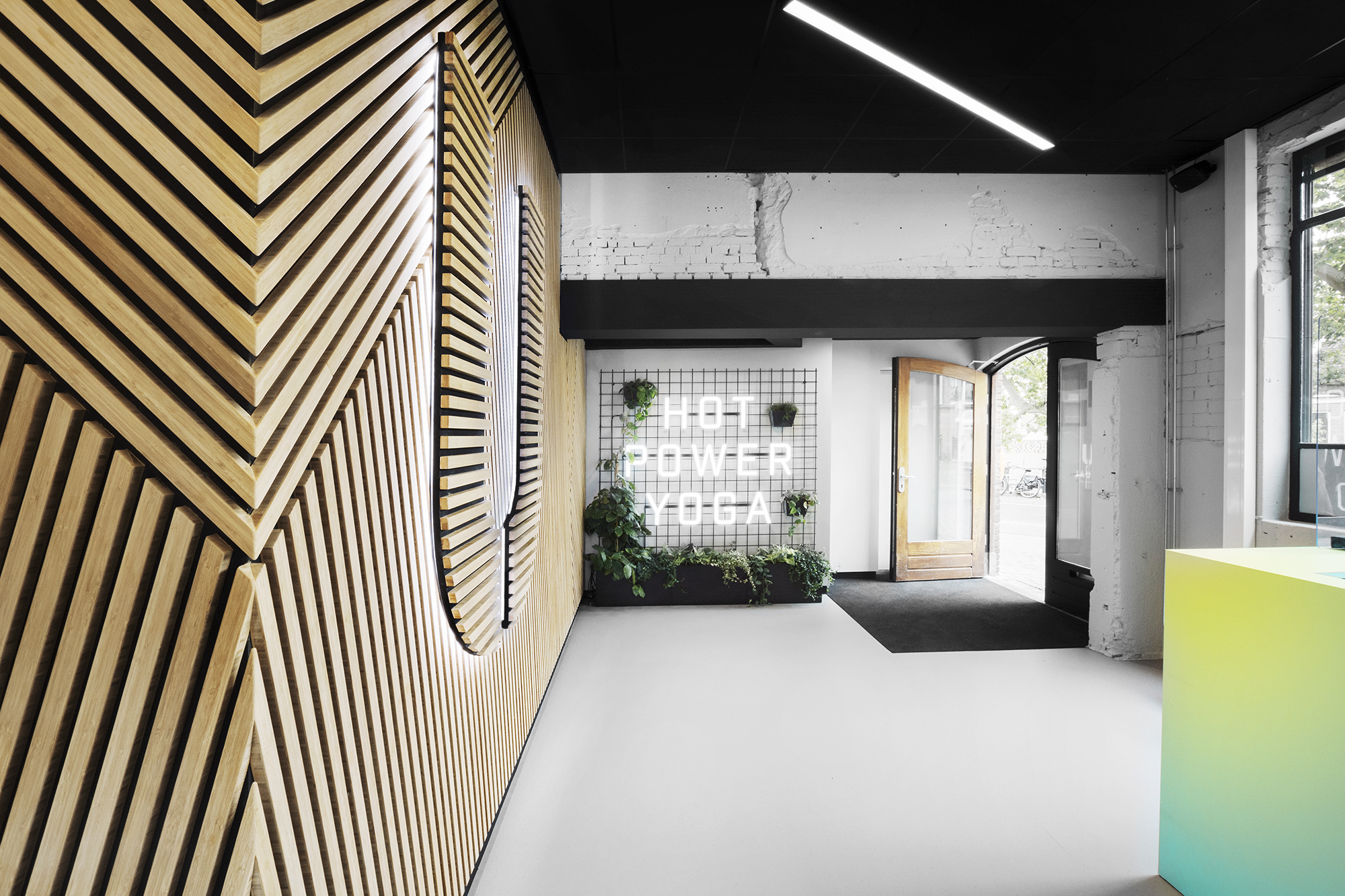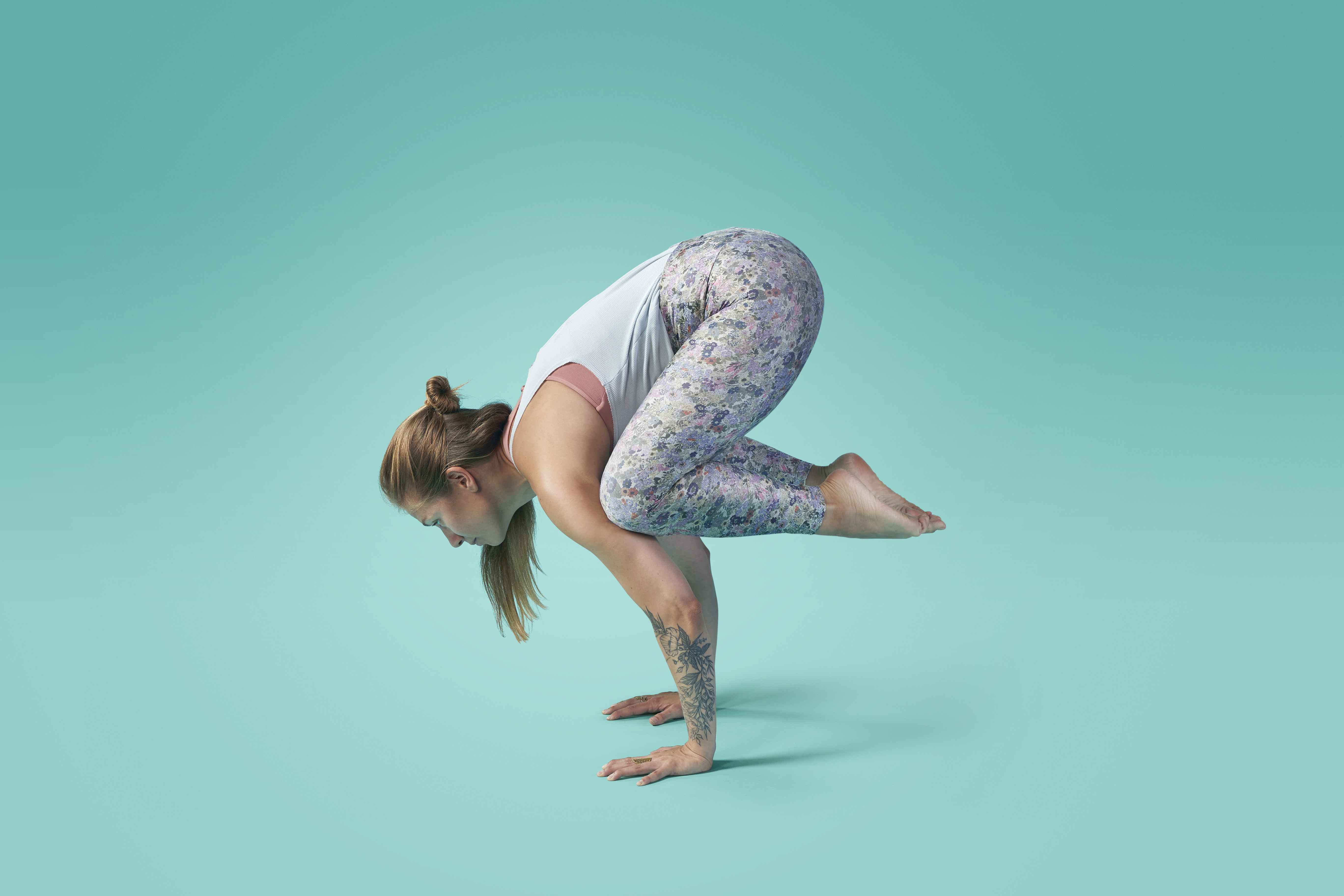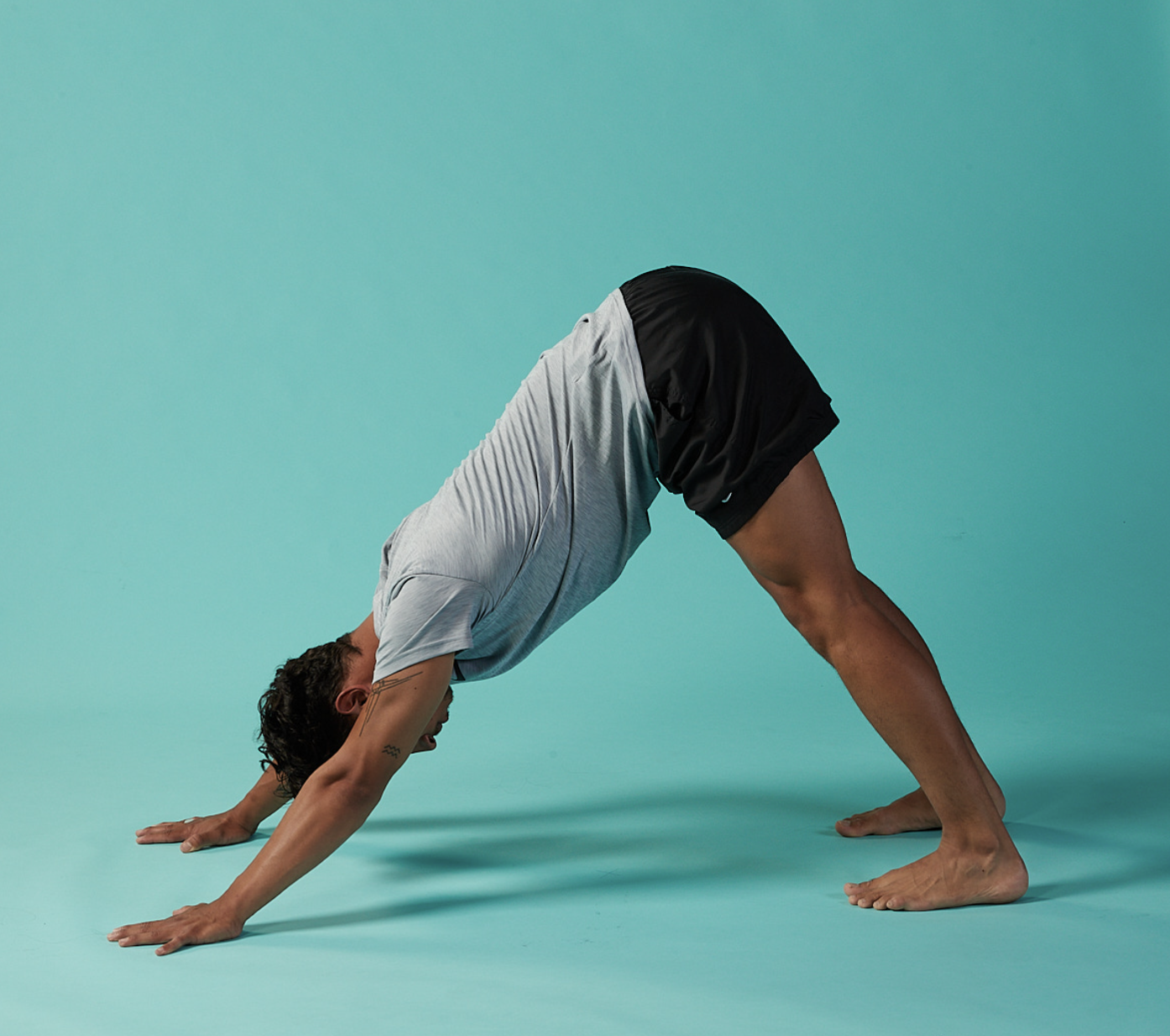If you practice yoga and haven’t made yoga blocks your best friend yet, now is the time. However, not everyone feels comfortable using blocks or even knows how to use yoga blocks at all. There are so many ways to incorporate blocks into your practice. Whether you are a new yogi looking for modifications to help you access a pose or you are an experienced practitioner looking to deepen an expression of a shape, there are endless possibilities.
Yoga blocks are a really savvy tool to use to help you substantially improve your yoga practice and physical well-being. Many practitioners may feel inferior using props to assist postures, but props like yoga blocks can make postures not only more accessible, but can also deepen postures for more advanced practitioners.
Yoga blocks allow you to practice integrity of form in yoga postures, ensuring you get the most out of your yoga practice. They assure proper alignment that allows for proper muscle memory to be built (which decreases chance of injury).
Yoga blocks are props, or tools, used to help yoga practitioners in three primary ways: to make yoga poses more accessible, to act as support, and to add a challenge to develop strength. Yoga blocks allow you to practice yoga poses in a safer, more beneficial way. All that bending, twisting, and folding you do in yoga poses can be difficult, especially when you are newer. Yoga blocks are essential to doing the postures skillfully.

How to Use Yoga Blocks
Yoga blocks can be used in a variety of ways, but in the end, to benefit you, it really comes down to three main things: lengthening, strengthening and support.
- Lengthen
This refers to correcting your alignment and deepening the stretch that you are in. When you are in a pose that you feel you are struggling to stay in, you would benefit by using blocks. When you don’t this, you are most likely not in good alignment and therefore not obtaining the full benefit of the pose or experiencing the fullest expression. Using yoga blocks will help prevent you from over straining yourself, improve your alignment, and get deeper into your poses to become more flexible. Basically almost anytime your hands are unable to touch the ground in a pose, it would be beneficial for you to use yoga blocks. There are alternatives such as resting your hands on your shins or ankle instead, but blocks provide much more stability and comfort than doing that, which in turn helps you get deeper into the pose and improve your flexibility.
- Strengthen
Yoga blocks are a great tool to use to build strength throughout your entire body. A lot of yoga poses are great for improving strength, but you may not be reaping the benefits because you are unable to maintain proper alignment, form, or have not built up enough strength to get into the pose. Blocks are a great way to force your body into perfect alignment and push yourself to use the correct muscles to stay in the pose. You can also use them to provide you with a little extra support in some challenging poses so you have more control over the severity of the pose, allowing you to build strength effectively.
- Support
A lot of yoga poses that are classified as restorative can actually be pretty strenuous and ineffective if you lack flexibility. There are several ways you can use blocks in each pose to give you the support you need to deepen into the pose and unleash the tightness.

How many yoga blocks should I get?
We recommend 2 yoga blocks (or more), considering you have 2 sides of your body to work evenly. Also, many restorative poses utilize two blocks to support multiple areas of your body to allow full relaxation in the pose.
What one yoga block can be used for:
- Length support in one sided poses such as Triangle, Extended Side Angle and Half Moon
- Comfort support in poses such as Hero, Fish, and Pigeon
- Balance and alignment support in poses such as Crow and Boat
You need two yoga blocks for:
- Length support in two sided poses such as Full Split, Downward Facing Dog, and Camel
- Strength building exercises such as Chaturanga (low plank)
- Comfort support in two sides poses such as Reclined Bound Angle
- For extra support in restorative postures such as Bridge and Fish chest openers
- If you are extra tight on one side and need extra length

Can I use household items as yoga blocks?
Yoga blocks are ideal, but if it’s not in the budget, some household items can help achieve similar results:
- For hip support, use a thick, folded towel or a dense pillow or cushion
- For balancing and/or “bringing the floor to you,” use a thick, sturdy book (like a textbook).
So, go ahead and get a set of two blocks. The benefits of having two just seem like a no-brainer and it is really not that much more expensive- and you will have them for years to come to assist you in an endless amount of ways to advance your yoga practice!
















